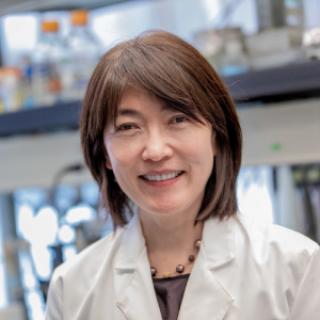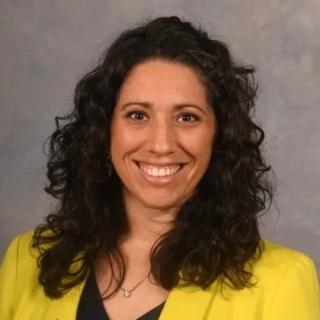Diseases spread through and across populations for many reasons: environmental change, global trade and travel, the foods people eat and other human behaviors, and the ability of microbes to be passed between humans, animals and the environment.
At Ohio State, teams of epidemiologists, environmental microbiologists, behavioral scientists and disease modelers work together toward shared goals. By mapping how diseases move, we can develop and implement strategies to contain their spread.
A large-scale view of how all microbes — good and bad — affect today’s world can mean the difference between a regional illness and a global pandemic.


